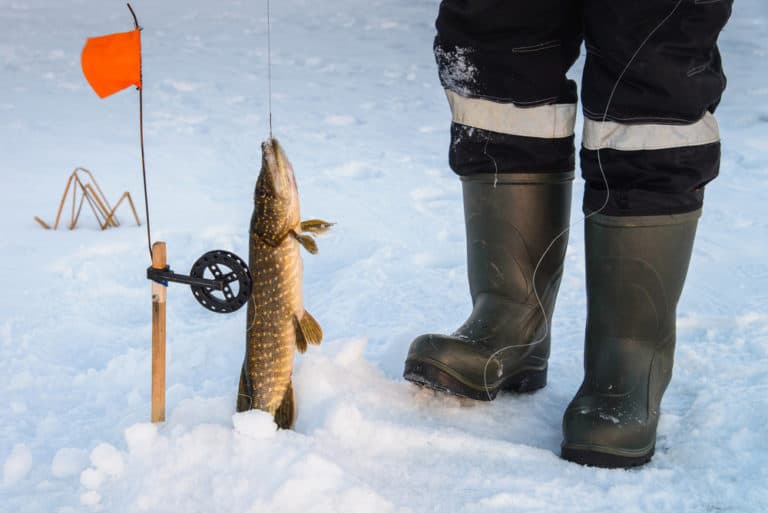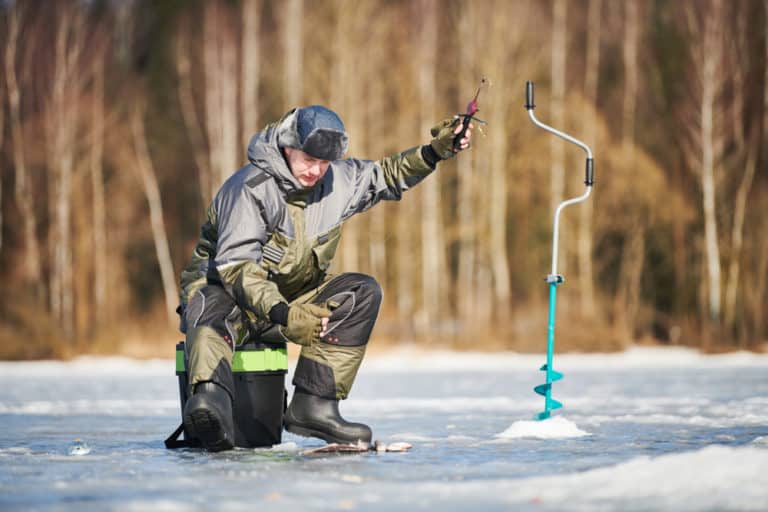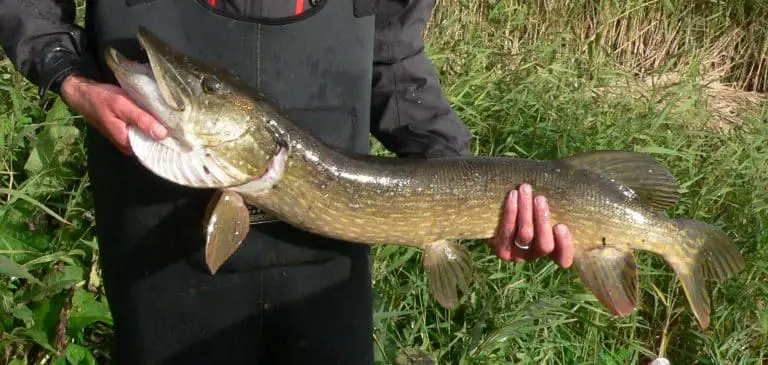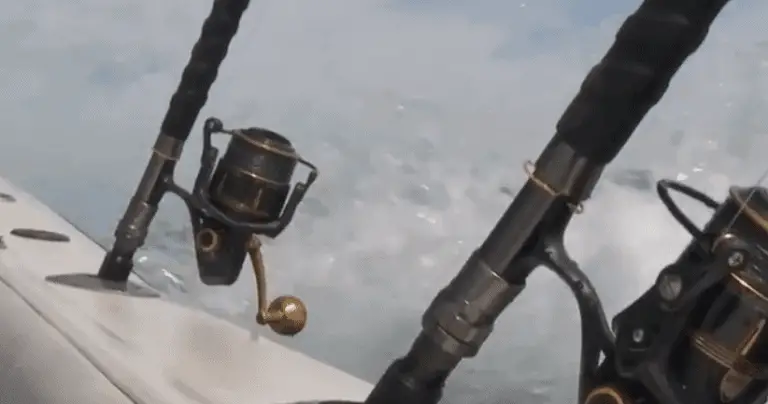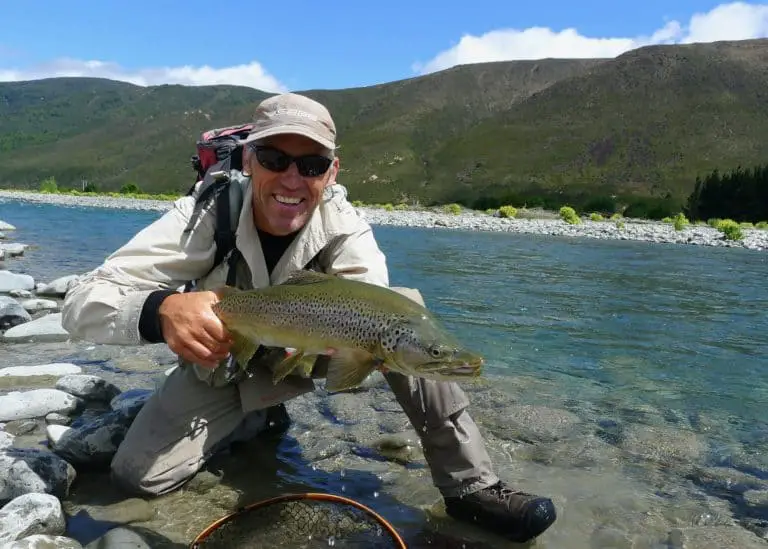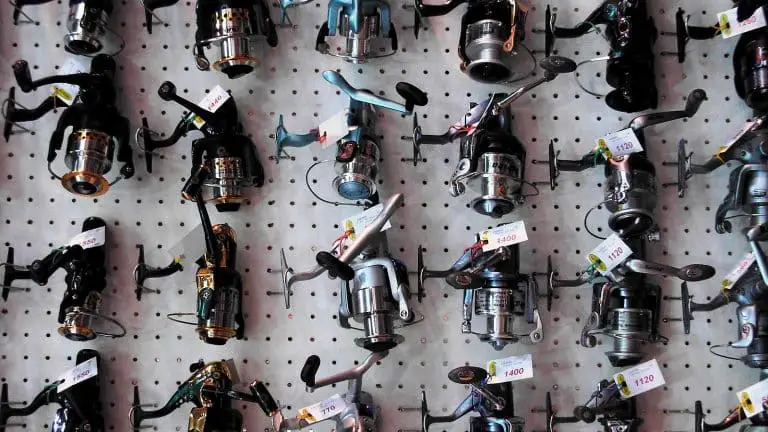How To Cast A Baitcaster Accurately: Everything You Need To Know
Regardless of whether you’re a seasoned fisher or you’re just getting started, there are a plethora of benefits of choosing to fish with the additional help of bait casters!
Just like the name may suggest, a bait caster is specifically designed to be able to drop the bait into open waters to help lure in potential catches, however, the only problem is that it can be hard to get the hang of, especially if you’ve never used one before.
When done correctly, a bait caster will be able to help reach large distances in water, allow you to reach parts of the water that perhaps you may have been able to otherwise reach from your fishing spot, as well as ensure that you have a much better chance of luring in fish and making some pretty great catches.
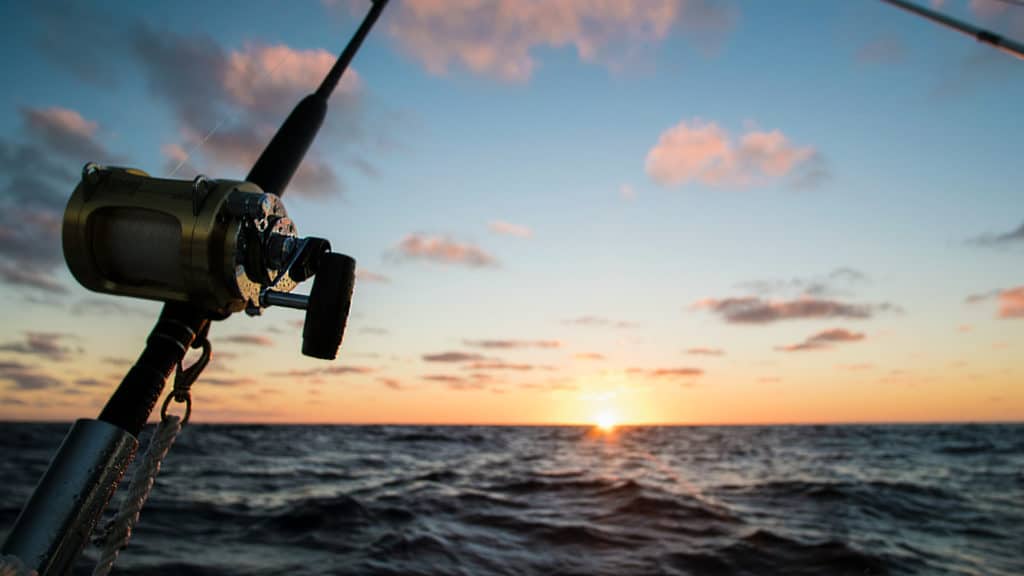
However, just like any experienced fisher will tell you – bait casters can be a little temperamental and tricky to use, especially for fishers who are just getting started out using them during their fishing sessions.
So, if you’re currently wondering about how to correctly cast your bait caster and ensure you make consistently successful catches, then you’re in the right place!
Below, we’re going to be talking you through three ways to correctly cast your baitcaster, as well as some additional tips and tricks towards the end, too. Let’s take a look:
Table of Contents
How To Cast A Baitcaster Far:
If you’re planning on using a baitcaster to help lure in those fish, then it only makes sense that you should aim to get your baitcaster as far out in the water as you possibly can, right? Right.
So, when you’re preparing your baitcaster and getting ready to throw it into the water, there are a few things that you should make sure that you do first to ensure you get the maximum distance possible. Let’s take a look:
Don’t fill the spool totally up
First things first, even though you’re going to want to make sure that you are filling your spinning reel spool just to the very tip of the taper across the spool, you don’t actually need to fill the spool up to that level.
Seeing as your spool will un-spin the line directly from the spool, it means that you will be able to cast your baitcaster directly from the bottom of the spool while achieving the same friction you would if the spool was filled to the top.
Thanks to this, by placing less line on the baitcaster spool, you will be able to increase the aerodynamic ability of the baitcaster and allow it to travel over a further distance when you decide to cast it into the water and begin to fish.
In addition to this, we also strongly recommend that you make sure to make a judgment call when assessing the size of the body of water that you are fishing in.
If you are fishing in a small body of water, then you can fill the spool up only slightly, however, if you’re fishing in a large body of water, you might need to fill the spool up a little bit more. As always, your judgment will be the best when making this call.
Nail the casting throw
Besides refraining from filling your spool all the way up, the next best way that you can cast your baitcaster as far out in the water as possible is by making sure that you are correctly casting your baitcaster into the water.
In order to correctly throw your baitcaster into the water, you should make sure that you are keeping your elbows tight to your sides, which will allow you to increase the inertia needed to make the baitcaster travel through the air at a further distance.
Then, while the baitcaster is traveling through the air, you should make sure that you are not moving or swinging your arms, otherwise, this may interfere with the maximum distance that the baitcaster is able to travel.
As a side note, you should also make sure that you are never extending your arm all the way, as this can also cause the rod to be unable to send the baitcaster a far enough distance to lure in fish.
Make sure that your line guide is aligned
Another way that you will be able to effectively make sure that your baitcaster is able to travel the maximum distance is by making sure that your line guide is aligned and straight. On most reels, you’ll find that the line guide is located right where the fishing line comes off of the spool and begins traveling up the rod.
If the line guide is accidentally misaligned or placed too far on either side of the reel, then it can cause unnecessary friction across the rod, which can in turn cause the bait caster to be unable to travel a far distance.
So, by making sure that the line guide is properly aligned before you cast, you’ll be ensuring that there will be no friction that could be potentially causing the baitcaster to be unable to travel a far distance in the water.
How to cast a round baitcaster:
Compared to other types of baitcasters, round baitcasters are known for their ability to hold more line than other types, which is why they’re so popular for long-distance fishing, or fishing in large, open bodies of water.
If you are planning on using a round baitcaster, then we’re sure you’ll be pleased to hear that casting one into a body of water and making sure that it gets the maximum difference, couldn’t be easier – here’s how to do it:
- Reel in the line: First things first, you’re going to need to make sure that you are reeling in your line until the bait or lure that you’re using is around 6 to 12 inches from the top of the rod.
- Grasp the reel correctly: After you have done this, the next thing you’ll need to do is make sure that you are holding the reel properly. With your dominant hand, grip the rod with your thumb placed directly over the reel spool. For best results, we recommend resting your thumb at an angle across the spool, rather than placing pressure on it. This will allow you to have more control over the direction of the line when you cast it.
- Press the release button: When you’re ready, press the reel spool release button to disengage the spool from the handles, which will ensure you get a longer cast. Then, gently bend your casting arm right at the elbow which will naturally place you in the correct position to effectively send the line out. While doing this, make sure that you are not jerking your hand or body back and forth, or this could interfere with the cast.
- Stop the cast: When your round baitcaster has reached its designated position in the water, you can then press down on the reel spool with your thumb, which will stop the bait from moving or traveling any further. If this is going to be your first time casting a round baitcaster, then try not to become disheartened if you do not cast it correctly the first time, especially seeing as these types of baitcasters tend to turn around in the water and become tangled if the cast isn’t stopped soon enough.
How to cast a level wind reel:
A level wind reel, which is also known as a baitcaster reel, is a type of reel that operates by reeling a line horizontally into the spool. Due to this, the handle turns the whole spool during the cast, which is a lot different from a spinning wheel.
Generally speaking, casting a level wind reel will take some practice, but with time you should find that you are able to cast one without any issues.
In order to make sure that you cast your wind level reel correctly, you should go ahead and prepare your reel just like you would a spinning reel.
Then, when you’re ready to cast, make sure that you turn your baitcaster and hold the lure just about eye level. Then, when you’re ready, press the release button and allow your reel to cast the line into the water.
Before the lure hits the water, make sure that you thumb the spool to help prevent any backlash, and then stop the cast from moving the lure once it has reached its designated luring spot.
How far should you be able to cast a bait caster?
When done correctly, a baitcaster should be able to travel an impressive distance through the water of up to 150 yards or more, which is one of the reasons why they’re such a popular choice for long-distance fishing.
How do you improve casting accuracy?
Whether you’ve been fishing for years or you’re still wet behind the ears, there will always be room for improvement when it comes to casting accuracy! Here are three ways you can improve yours today:
- Avoid improper spooling – In order to ensure that your cast follows the path of least resistance, make sure that you are spooling in a counterclockwise direction.
- Practice makes perfect: Just like with anything else in life, casting technique is something that requires practice. Make sure that you are taking the time to hone your skills, and you’ll begin to see consistency in your casts.
- Plan the trajectory: Before you cast your line, make sure that you visualize a line in your mind’s eye, and then try to follow it when you cast.
Are Baitcasters more accurate?
If you’re currently stuck between a baitcasting reel or a spinning reel, then it is worth noting that many fishers find baitcasters to be significantly more accurate.
This is because, when using a baitcaster, you have the ability to be able to use your thumb to be able to hold the spool, and then manually choose when you are ready to disengage and actually cast the line.
Thanks to that, it means that you have the power to be able to stop the bait with your thumb when it reaches your designated area in the water and, in the chance that you accidentally cast the bait too far right or left from the target, you can simply maneuver the bait back to the correct spot by using your thumb.
Of course, if you choose to use a spinning wheel, then the same can be done while using one of these. However, the only difference is that due to the design of a spinning wheel, you will need to use your finger on the tip of the spool in order to slow the bait down, which is far less precise than what the design of a baitcaster will be able to offer you.

